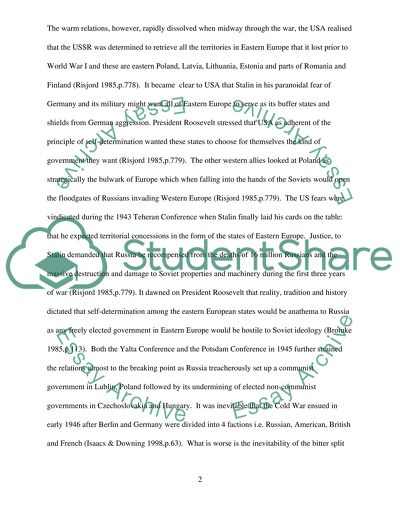Cite this document
(“The US foreign policy from 1945-1991 Case Study”, n.d.)
Retrieved from https://studentshare.org/history/1527661-the-us-foreign-policy-from-1945-1991-was-overwhelmingly-concerned-with-the-the-ussr
Retrieved from https://studentshare.org/history/1527661-the-us-foreign-policy-from-1945-1991-was-overwhelmingly-concerned-with-the-the-ussr
(The US Foreign Policy from 1945-1991 Case Study)
https://studentshare.org/history/1527661-the-us-foreign-policy-from-1945-1991-was-overwhelmingly-concerned-with-the-the-ussr.
https://studentshare.org/history/1527661-the-us-foreign-policy-from-1945-1991-was-overwhelmingly-concerned-with-the-the-ussr.
“The US Foreign Policy from 1945-1991 Case Study”, n.d. https://studentshare.org/history/1527661-the-us-foreign-policy-from-1945-1991-was-overwhelmingly-concerned-with-the-the-ussr.


